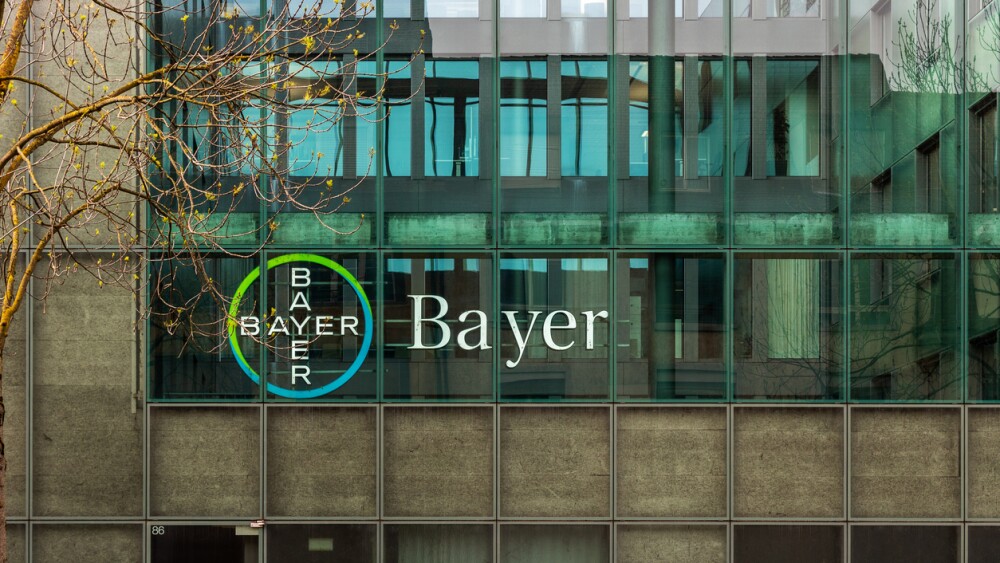News
The FDA’s docket in December includes decisions for two big biologic franchises: BMS’s Breyanzi and Amgen’s Uplizna.
FEATURED STORIES
While the FDA continues to put out guidance documents and approve drugs, some companies are already reporting delays in dealings with the agency, while insiders warn of falling morale and a negative perception from the rest of the biopharma world.
Mergers and acquisitions are not just for Big Pharma. A new report from Leerink Partners takes a stab at identifying the small- to mid-cap pharmas best prepared to bolster their pipelines with a buyout.
The coming flu season is the clearest indication yet that biopharma’s long-standing assumptions about predictability, prevention and portfolio structure are no longer guaranteed.
Job Trends
The Switzerland layoffs are the latest in Bayer’s 2024 workforce reductions, which already include 1,500 people and nearly half of the executive leadership team.
FROM OUR EDITORS
Read our takes on the biggest stories happening in the industry.
With five CDER leaders in one year and regulatory proposals coming “by fiat,” the FDA is only making it more difficult to bring therapies to patients.
THE LATEST
A day after Pfizer closed its hotly contested Metsera deal, Lundbeck has made an unsolicited offer to steal Avadel Pharmaceuticals away from Alkermes.
At $9.2 billion, the Cidara acquisition lands among the top 5 largest deals of the year.
Gilead’s investigational drug combo bic/len could help lower the pill burden in patients with virologically suppressed HIV who are on complex treatment regimens, according to BMO Capital Markets.
A BioNTech spokesperson downplayed the news, insisting that the two companies remain “close” and have a “strong collaboration.”
Through substantial leadership turnover and workforce cuts, the FDA has continued to support the advanced therapy sector, actively working to remove obstacles to innovation.
Speaking at a conference this morning, Pfizer CEO Albert Bourla suggested that Metsera’s therapies could begin hitting the market in 2028.
Unpredictable communication and a lack of transparency are eroding the industry’s and the public’s trust. The FDA, experts agree, needs to take control of the narrative.
Korro Bio is moving back to square one as a preclinical biotech after the failure of KRRO-110 in alpha-1 antitrypsin deficiency. The company’s stock is down 80% on all the news.
The decision to pause dapiglutide will help Zealand focus investment into assets that have “the greatest potential for clinical differentiation” in obesity.
In January, AbbVie and Calico’s fosigotifator failed to show significant signs of efficacy in the HEALEY ALS platform trial for amyotrophic lateral sclerosis.






















